The Milk outtake, as the archivists have dubbed the 421-second silent black and white footage, was filmed in early 1969 for a Granada TV variety show called Nice Time.
It features Everett (as a milkman), Greer (as a housewife) and a black cat. Greer sheds her gingham housecoat and slippers to take a bath in the milk that Everett has delivered. An assistant places the cat on a stool next to the bath. Greer whispers to it, coaxing it to move closer.
Archivists found the reel of film in one of the 500 boxes of papers that comprise the Greer Archive, a world-class collection purchased by the University of Melbourne in 2013. The film was in a ripped, square yellow envelope that Greer had labelled 16mm. cine? There was nothing else in the envelope or the folder (called Press 1972 and containing several copies of Forum, a sex magazine) to give any clues about what the footage might be.
Audio visual archivist Emma Hyde threaded the brittle film through the maze of dials and knobs on a Steenbeck flatbed editing suit. The screen flickered white, then a milk truck appeared. A man in a great coat and leather gloves clicked a clapper board. Granada Nice Time. The shot, 359, is marked in chalk.
Hyde saw a milkman walk up to a terrace house, a bottle of milk in each hand. His hat is so big that it almost covers his eyes. He’s wearing a thin tie, paisley and a grey dust jacket. He turns to face the camera and there’s something about the chin, the sideburns, the pointy face made for mischief. Kenny Everett. Then the door opens and the Amazon, with her hair in rags, is familiar too. It’s Greer. The pair burst out laughing.
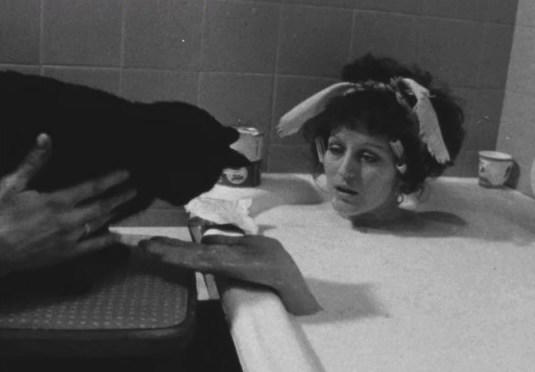
“Reality television is nothing new,” Greer wrote in The Observer in 2001. “In 1968, I worked on one of the earliest examples of reality television. The progamme, which was called Nice Time, was conceived as a corrective to the rather callow satire of the day. It was simply to be fun, and the fun was generated by ordinary people doing silly things.”
Archivists wanted to preserve this fun and share it. We arranged for the Milk footage to be digitised and began to research its provenance. We discovered that the skit, which was meant for episode 26 of Nice Time (screened on 25 May 1969), had never made it to air. I’ve watched a viewing copy of the episode – one of the few that has survived.
As television historian Su Holmes has observed, “institutionally, technologically and culturally, early television programming was regarded as live and ephemeral”. There is an almost “complete absence” of audiovisual material for TV shows made before 1955. In the 1960s, broadcasters continued to lose or wipe TV shows. Reels that survived could be wrecked by a form of decay known as the vinegar syndrome.
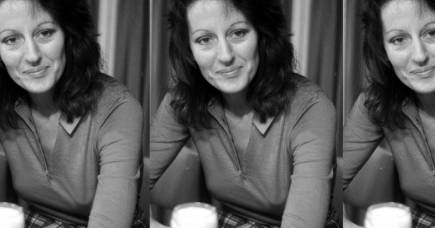
Life of the party
The Milk outtake never made it to screen yet it has survived. The copy the University archive holds is unique and irreplaceable. For the past 12 months, I’ve worked with colleagues in the University’s copyright office, at ITN and its agent ITN Source, with writers and actors equity guilds in the UK, with Everett’s estate and with Greer herself to negotiate the necessary clearances to publish this footage online.
Why have we bothered?
Even when viewed as black and white bloopers, an analogue pre-YouTube cat video, this footage is sweet, funny and crazy. Greer and Everett are so charismatic. They’re having such a nice time that no matter how often I watch this footage, some of this joy rubs off on me.
Milk is the only piece of film in the Greer Archive but it is one of 11,000 audiovisual records (in 30 different formats) at the University archives. The AV holdings include 35mm film fragments Horseshoeing (1893) and Eugen Sandow (1894). Both belonged to Thomas Edison’s assistant, W.K. Laurie Dickon, and we believe they are almost certainly the earliest examples of moving image technology known to exist in Australia.
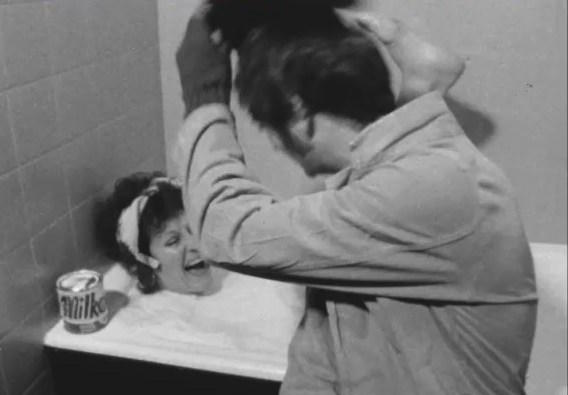
Milk is evidence of the lost art of analogue TV and film-making and the associated collapse of film manufacturing and processing work. The rushes were filmed on 258 feet of cellulose triacetate film. The stock was manufactured by Ilford at its factory in Essex. The footage was shot at 25 frames per second. It was edited by hand and the reel includes tape splices, some of which are sticky and weak.
Watch here: The Milk outtake in full
Ilford’s Essex headquarters shut in 1976. In 2011, Soho Film Lab, the last professional lab to print 16mm film in the United Kingdom, stopped doing this work. Dozens of artists, including Tacita Dean, had to get their films processed offshore. Dean, a friend of Greer, continues to make 16mm films but they are screened at art festivals (such as last year’s Dark MoFo) rather than on prime-time TV.
The footage is part of the pre-history of one of the women’s liberation movement’s most significant books. The outtakes were filmed on 29 February 1969. On 29 March, the drops of milk barely dry on her back, Greer had lunch with publisher Sonny Mehta at Golden Square, London, and gave him the synopsis for the book that would become The Female Eunuch.
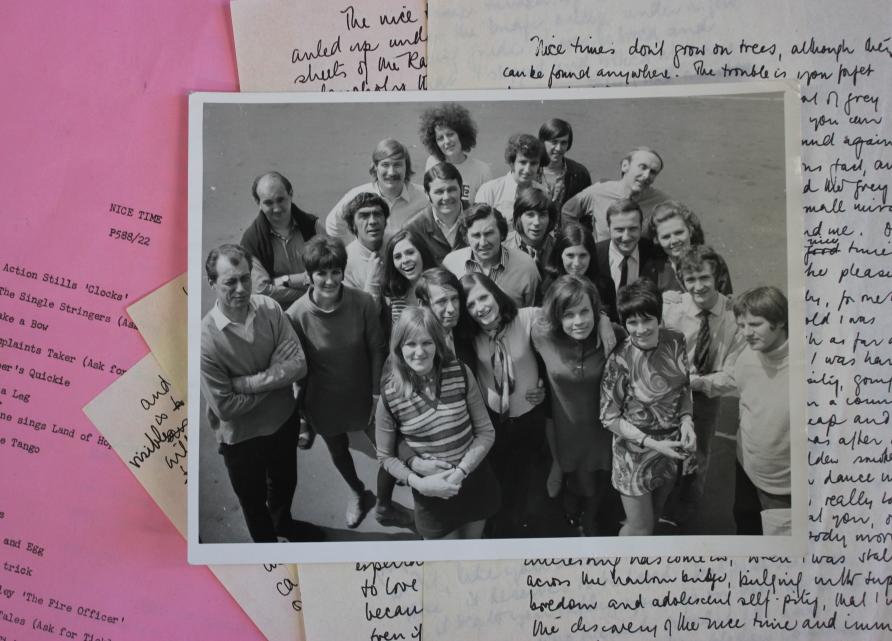
Milk shows us a playful side of the polymath who became the face of second-wave feminism. In 1969, Greer was living at least three lives, in three different locations. For two days a week, she stayed at the Brown Bull in Chapel Street, Manchester – a favoured watering hole for footballer George Best, a mate of Greer’s – and made Nice Time.
The rest of the week was divided between her apartment at Leamington Spa, near Warwick University where she lectured in English Literature, and The Pheasantry, her pad on Kings Road, London, where she banged out articles for the underground press and hung out with rock stars. Eric Clapton lived there too.
game and talk shows
The Milk outtake and associated records in the Greer Archive give a new context to Greer’s work as a television performer, including her decision to appear on Celebrity Big Brother (2005) and her ongoing work as a panelist on game and talk shows.
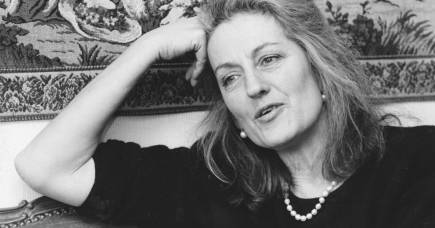
An explosion of radical ideas
Greer, then 28, and Everett, aged 25, shared the presenter slot with Jonathan Routh. Routh had already worked on Candid Camera (1960-67) but for Kenny Everett, Nice Time was the start of his TV career. “The three of us made fools of ourselves as much as other people did, and never made fools of any but ourselves,” Greer wrote in The Observer.
Nice Time was not Greer’s TV debut. In 1967, in between finishing her Cambridge University PhD on Shakespeare’s Early Comedies, acting in Footlights plays and writing reviews of plays, rock concerts and books, Greer appeared in two BBC shows. She presented Good Old Nocker and appeared in several episodes of a comedy series Twice a Fortnight. In 1968, Greer also starred in Darling, Do You Love Me, a short film directed by OZ magazine co-founder, Martin Sharp.
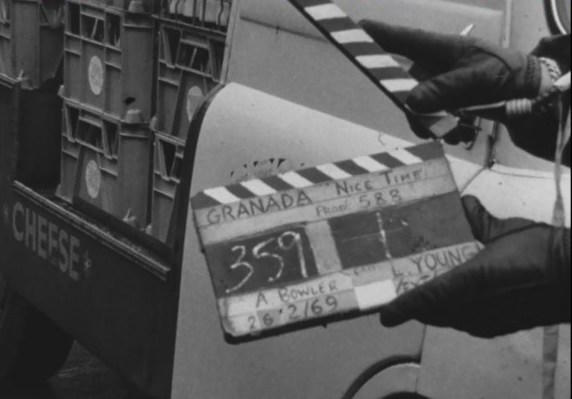
The Greer Archive’s early years series (2014.0044) contains several contracts between Greer and the BBC for Twice a Fortnight. The first episode was filmed on location at Stonehenge. Rock bands The Who and Cream were guests. Greer appeared alongside Bill Oddie, Michael Palin and Terry Jones, men who went on to make The Goodies, Monty Python and Yes Minister.
These programs are “missing believed wiped” so the hijinks at Stonehenge can only be imagined.
Greer’s work on these short-lived shows gave her a taste for TV comedy, but a fragment of handwritten memoir filed in a folder Greer has labelled Nice Time 1968, reveals she thought seriously about this work and its meaning for her and for society.
first-year student
“One of the problems about discerning the nice times is that we’re quite likely to mistake pleasure for the nice time, but it isn’t really, for one thing, the nice time lasts longer,” Greer wrote in 1968. The fragment is one of the first records in the television series (2017.0002).
Greer reflects on her younger self, the girl who enrolled in her first year of an arts degree at the University of Melbourne in 1956. “As an eighteen year old I was remarkably unhappy, although as far as the naked eye could discern I was having a ball, doing well at university going out with the rich boys with fast cars, in a country where liquor and cigarettes are cheap and the sun shines a great deal,” she wrote.
Greer explains the “nice time” would be driven away, indefinitely, by anxiety, compulsion or subterfuge. “What it really is is a love affair with being alive.”
The concept of a “nice time”, an active principle that protected a person’s love of life and saved them from despair, was something worth protecting and promoting.
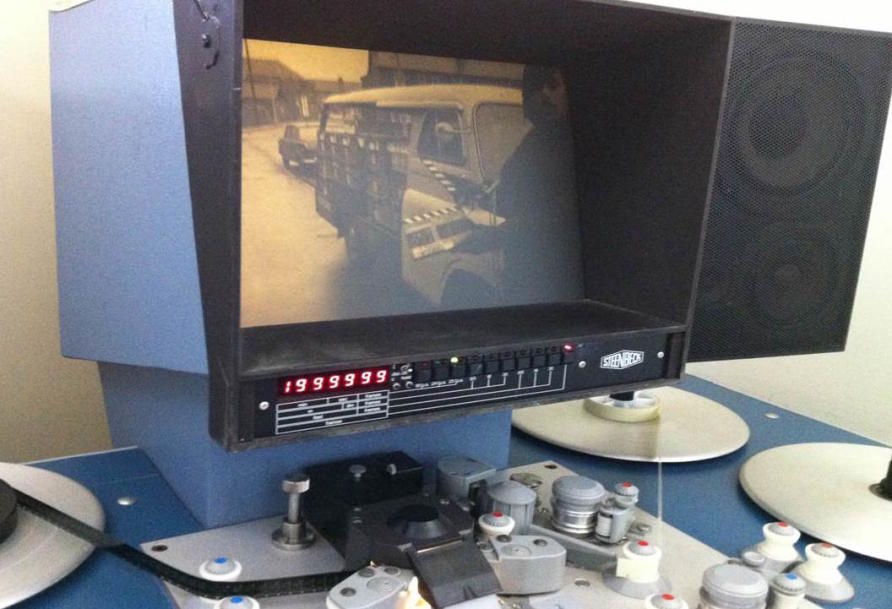
“This is why when I heard about the program which Granada is doing and I read the script prepared for the pilot that I wanted very much to do it. I nearly didn’t come back to the studio audition because I was sure that I hadn’t got further enough along in my love affair with everybody,” she wrote, “and that my television image would be cold and superior: this would mean that I couldn’t exploit the opportunity to spread the Nice Time (for the Nice Time cannot be enjoyed by oneself) …”
If the TV show worked, Greer wrote, “perhaps it will be easier to realise that the quality of living is up to us, and not all the fumbling politicians, and gradual sinking of our standard of living, and all the chaos of international politics, nor even all the serious television programs about suicides, neurotics, alcoholics, divorces can disguise or disfigure the human face, or quench the human spirit.”
Granada TV made three series of Nice Time (1968-1969). Series one and two comprised 29 shows in all. Most are lost. Series three was 13 episodes. The Milk outtake was meant to screen in the last one.
Video footage and pictures used under licence from ITN Source and may not be used without further licence from ITN Source.
The Greer Archive is open for researchers on 27 March 2017. On International Women’s Day, 8 March, the University is hosting a special event to celebrate the archive, Germaine Greer meets the archivists.
Banner Image: Still from Nice Time/Under Licence from ITN Source.










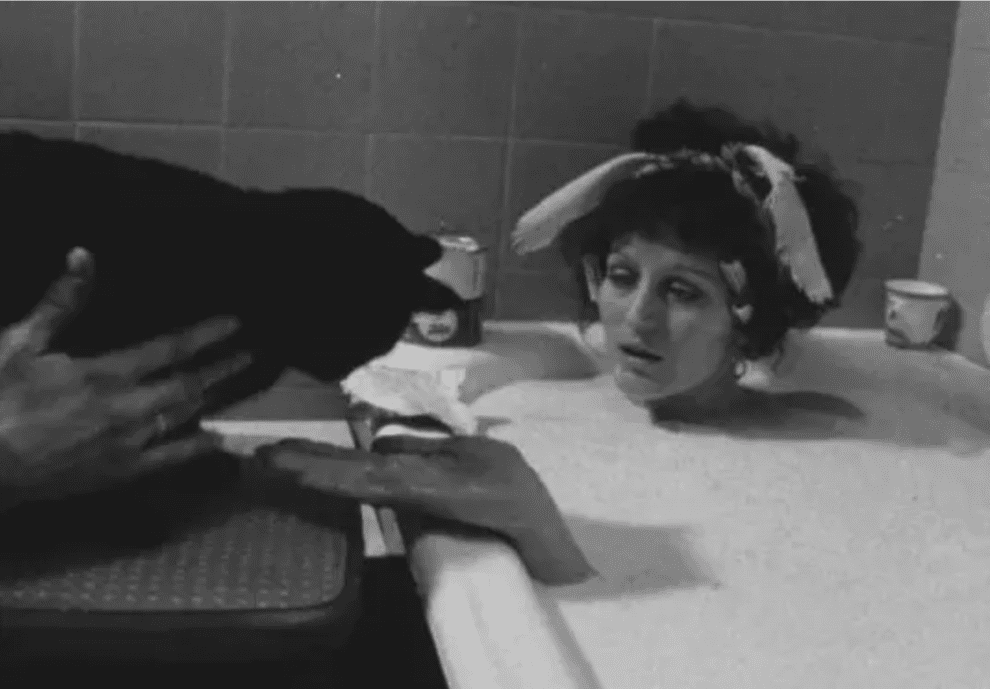


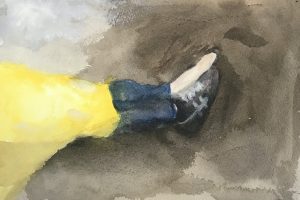









Add Comment